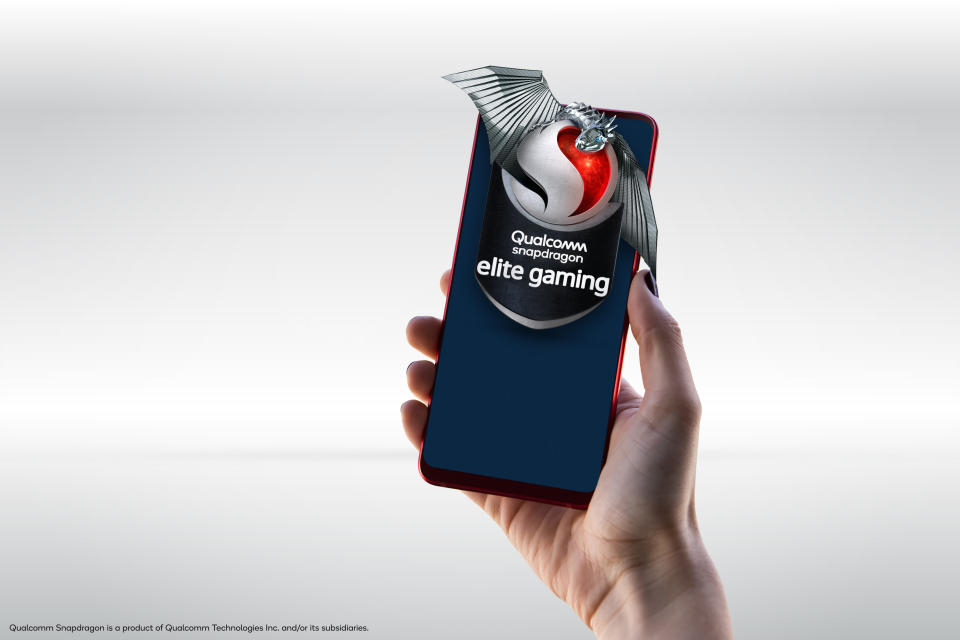The Snapdragon 865 Plus will power ASUS and Lenovo gaming devices
Starting with the ROG Phone 3.
Qualcomm has had a busy few weeks. After announcing new chips for midrange 5G phones and next-gen smartwatches alongside a robotics platform and networking inventions, the company is unveiling today its latest premium mobile chipset. The Snapdragon 865 Plus is a follow-up to the Snapdragon 865 launched late last year, and, like each iteration before it, promises better performance and battery life. ASUS also announced today that the ROG Phone 3 will come equipped with the 865 Plus, while Lenovo said its Legion sub-brand is working on a 5G mobile gaming device that will use the chipset.
ASUS hasn’t officially unveiled more details about the third-gen ROG Phone, and says full specs will be coming in the next few weeks. Like previous Plus models of Qualcomm’s high-end mobile chips, the 865 Plus has a focus on improved gaming. Its GPU will render graphics 10 percent faster than the regular 865, and it’ll support all of the company’s Snapdragon Elite Gaming features, including HDR gaming and game smoothing. With these enhancements, Qualcomm believes devices using the Snapdragon 865 Plus should deliver desktop-quality gaming.
Beyond those updates, the new 865 also has a Kryo 585 CPU that runs at 10 percent faster than the regular version, as well as compatibility with Qualcomm’s connectivity platform for Wi-Fi speeds of up to 3.6Gbps. Like the Snapdragon 865, the Plus doesn’t have an integrated 5G radio and instead can be paired with the X55 modem-RF system to support up to 7.5 Gbps download speeds and 3 Gbps up. Device makers will have to decide for themselves whether they want to include this.

Qualcomm says more commercial devices using the Snapdragon 865 Plus will be announced in the third quarter of the year. Considering last year’s 855 Plus showed up in the Galaxy Z Flip, the OnePlus 7T Pro and the ROG Phone II, alongside a slew of Xiaomi, Oppo, ZTE and Vivo devices, there should be plenty of support for Qualcomm’s latest.
